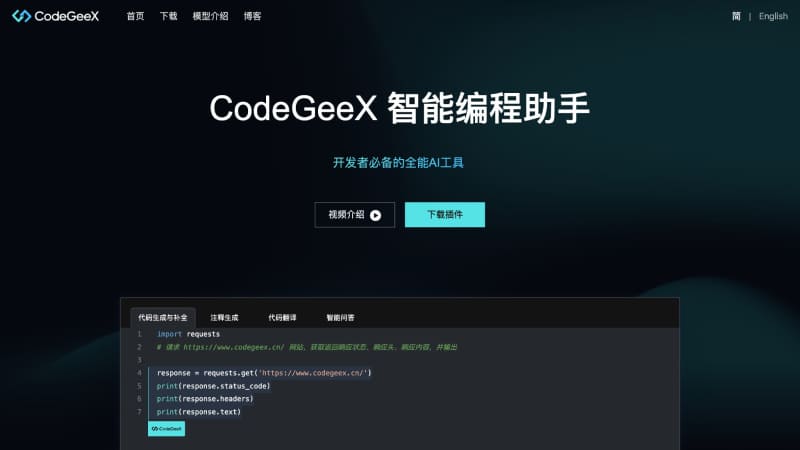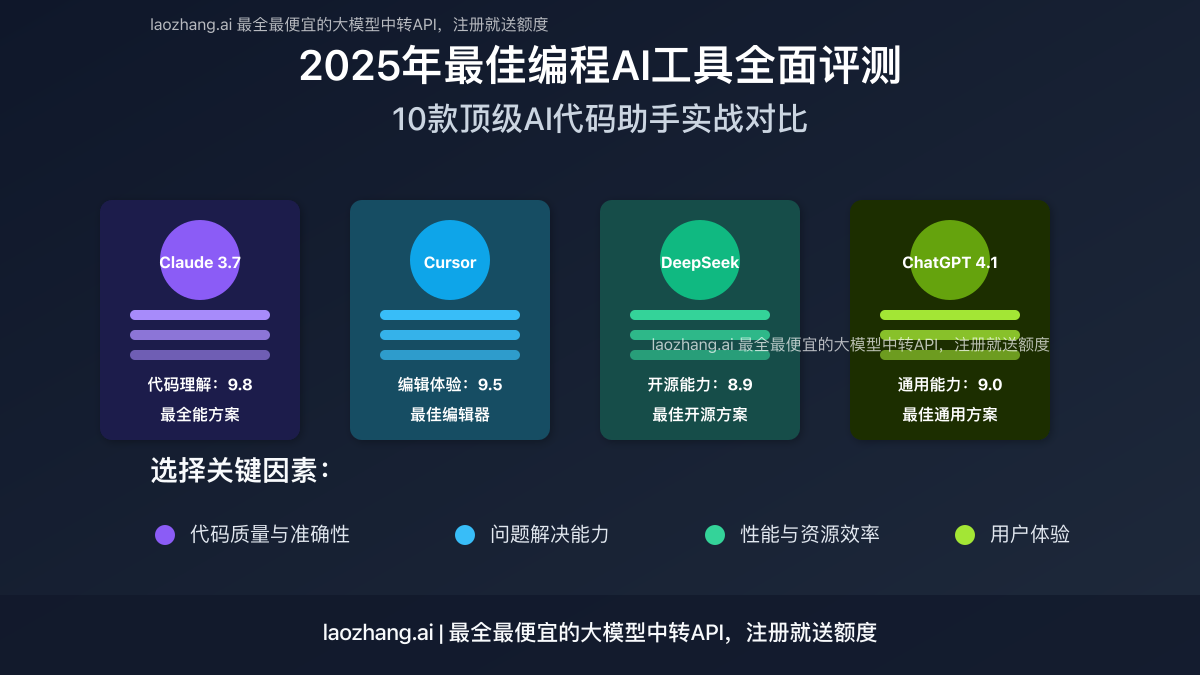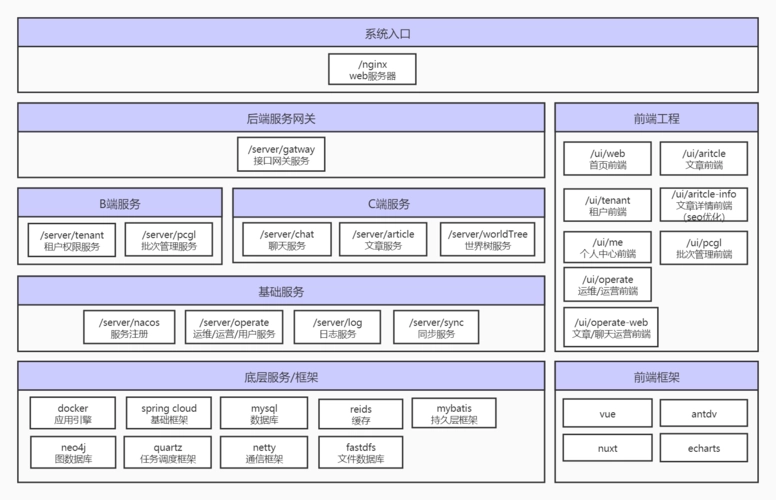The Algorithmic Beast Comes: Programmers Worldwide Are Experiencing Changes Not Seen in a Century
In 2021, GitHub Copilot was like a nuclear bomb detonated in the silent night sky. This AI assistant that can automatically fill in the code, only three years to 73% of the world’s developers completely fell. McKinsey’s latest report reveals that development teams using generative AI see a 45% spike in task completion, a 58% increase in on-time project delivery, and a 31% drop in code defects.
This algorithmic beast from the future is reconfiguring the entire software industry system in a devastating way.
I. Development efficiency revolution: programmer survival law dramatic change
.

GitHub’s confidential research shows a fundamental fracturing of the composition of developers’ time. Forty-seven percent of traditional coding work is repetitive labor, and the mechanical labor of everything from variable naming to exception handling, from API calls to unit testing, is being gobbled up in bulk by AI.
On the Microsoft Azure DevOps platform, the accuracy of AI-generated code review comments has reached 82%, far exceeding the average of human engineers. Huawei Cloud real-world data shows that AI-assisted code refactoring has increased 6.8 times faster, and the memory leak detection rate has increased to 91%.
But this is just the tip of the glacier revealing the surface of the sea.
second, the whole industry chain penetration: the reconstruction storm of the software industry

While the world’s attention is focused on code generation, AI has long since broken through the boundaries of the development chain and set off a shocking wave in the full software lifecycle.
Gartner Labs’ monitoring system captures: AI-driven requirements analysis tools that can compress the time it takes to turn user stories into technical solutions by 75%; automated testing frameworks that generate use cases at a rate of 1,200 per minute; and intelligent operations and maintenance systems that have an accuracy rate of predicting production failures that exceeds 89%.
On the AliCloud Effect Platform, the algorithm automatically generates a microservice architecture design solution that has a resource utilization rate 42% higher than the manual solution. Tencent TDSQL’s intelligent indexing system improves database query efficiency by 16 times. These technological mutations beyond human experience are rewriting the basic laws of software engineering.
III. Eco-level reconfiguration: the power shift in the trillion-dollar market
Generative AI brings not only tool innovation, but also the reconstruction of the power structure of the entire industry.
In AWS CodeWhisperer’s algorithmic model, the collective wisdom of 30 million developers worldwide is deposited. Baidu Comate has built a decision-making system comparable to a decade of architects by learning 4.5 billion lines of open source code. These algorithmic black boxes are becoming de facto technology standard-setters.
More shocking is the disruption of the business model: a multinational pharmaceutical company uses an AI-generated clinical trial management system to compress the new drug launch cycle by 28 months; the head broker’s self-research and development trading system reduces latency to 0.03 milliseconds through an AI-generated parallel computing framework. These projects that once required a team of 100 people to attack can now be accomplished with only a 5-person AI special operations squad.
IV. Evolutionary traps: developers stand at the crossroads of destiny

The change has been far more brutal than expected. GitHub data shows that code contributions by junior engineers dropped 63% after AI became widespread, while demand for architects skyrocketed 178%. In Stack Overflow’s community, searches for "AI era programmer must study" surged 470% in six months.
Experts from Huawei’s 2012 lab revealed that new entry engineers need to master 7 new skills such as cue word engineering, AI decision chain debugging, and algorithm sandbox construction. The traditional Java/Python language skills have been reduced from 75% to 32% of the weight in talent assessment.
This change will not come gently. While Gartner predicts that 50% of engineers will rely on AI tools by 2027, 40 million developers around the world are facing a Darwinian evolutionary choice: either become a super-individual who harnesses algorithms, or be consigned to the trash heap of technology history.
The darkness before the dawn is the hardest, but the light that penetrates the clouds is already visible. In a lab in Silicon Valley, AI-generated quantum computing frameworks are breaking through the limits of classical physics; in a team in Zhongguancun, a distributed system automatically generated by algorithms is challenging the processing of billions of transactions per second. The outbreak of these technological singularities will eventually push human civilization to a new peak.
Standing at the turning point of the historical flood, every developer is a participant and a witness of this revolution. When code is no longer a barrier, creativity is the real moat. The choices made at this moment will determine the power attribution of the technology landscape in the next decade.




